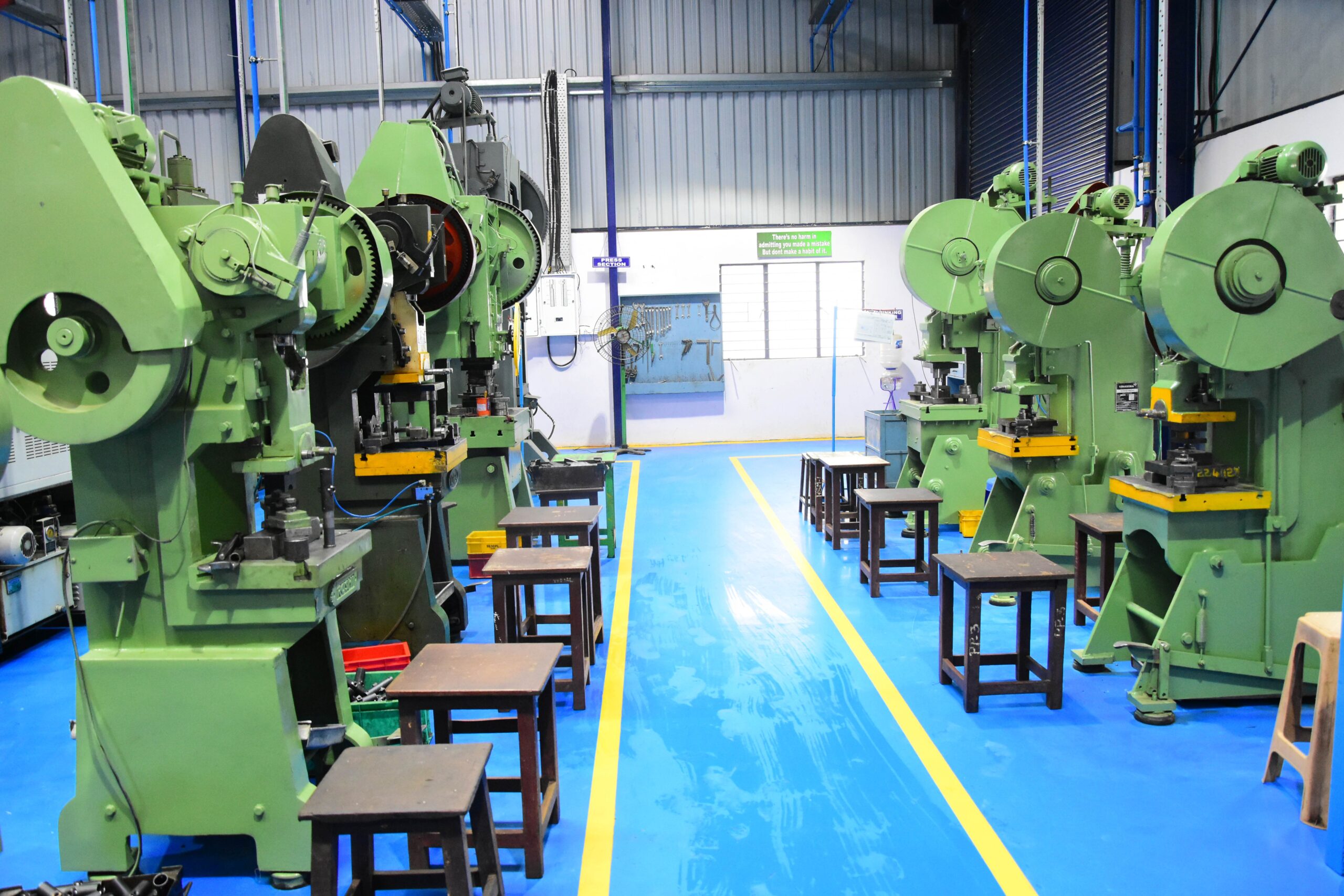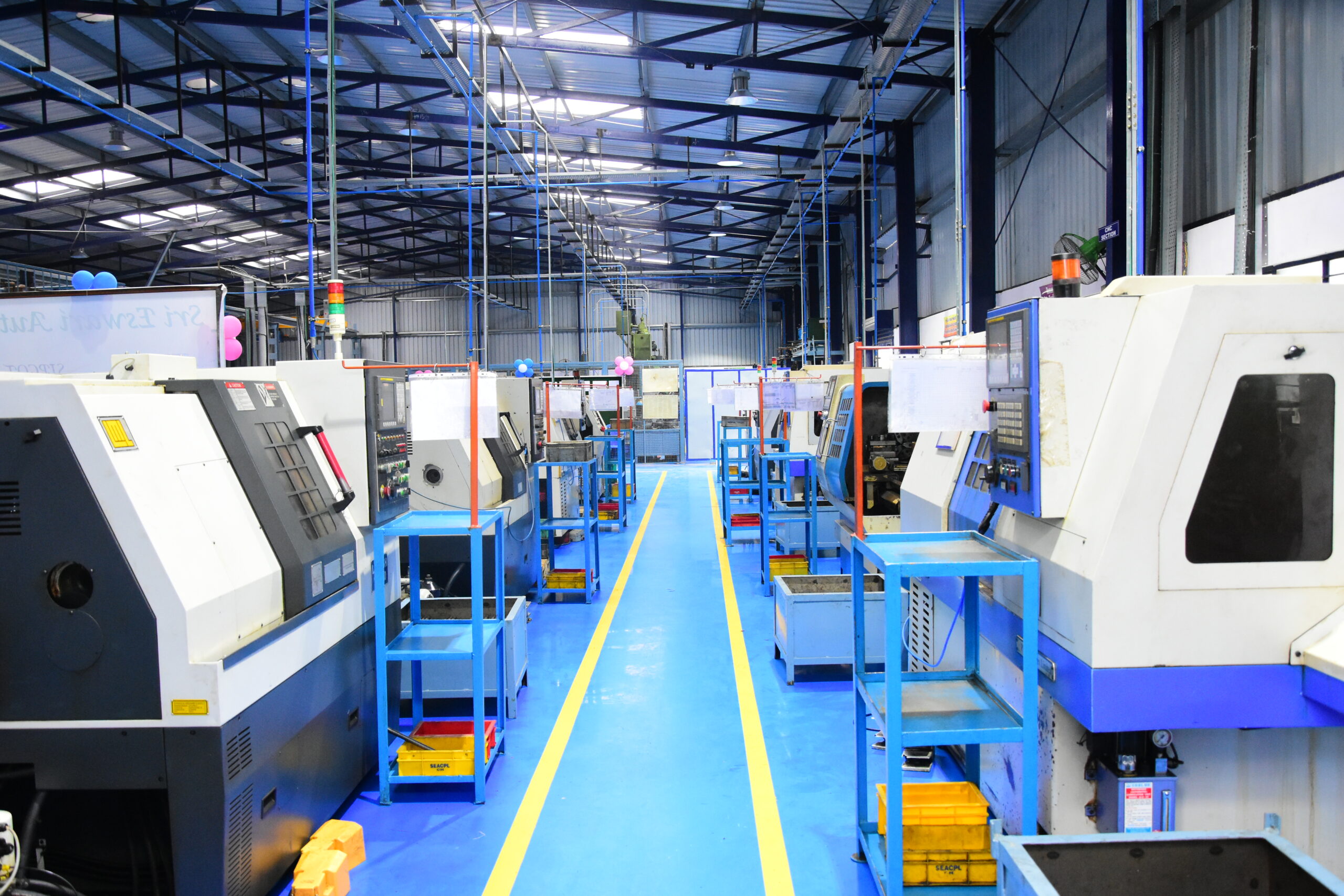MIG welding is widely employed in various applications, including fabrication, automotive repairs, construction, and general manufacturing, due to its versatility, speed, and ease of use.
Projection welding is commonly used for applications such as joining brackets, fasteners, electrical contacts, and other components that require strong and reliable welds. Proper selection of projection design, electrode materials, and process parameters is crucial to ensure successful and consistent weld quality.
Spot welding is widely used for applications such as joining metal sheets in automotive body panels, appliances, electrical enclosures, and various other sheet metal fabrications. Proper selection of electrode materials, pressure, and current parameters is essential to achieve consistent and reliable weld quality.
Robotic welding offers substantial advantages in terms of weld quality, productivity, and safety. It is particularly beneficial for high-volume production, repetitive welding tasks, and complex welding applications. However, careful planning, programming, and ongoing maintenance are essential for successful implementation and operation of robotic welding systems.










